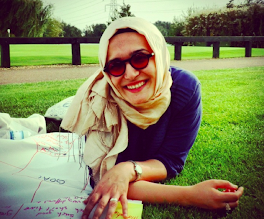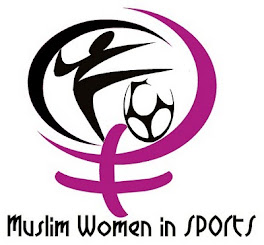 |
| AP Photo |
GUANGZHOU: Back home, the Pakistani women's cricket team is anonymous, especially compared with their illustrustrious male counterparts.
But after their gold medal triumph at the Asian Games, the girls in green were basking in the spotlight for a change. It was Pakistan's first Asian Games gold medal in eight years - a milestone that supporters say points to the need for more education and opportunities in sports for women in Muslim countries.
"Our media doesn't give women's sports that much coverage, as much as they give to men's sports," said Pakistan all-rounder Nida Rashid. "There are so many sports in which women participate in Pakistan, like squash, table tennis and volleyball, but they go unnoticed."
The Asian Games, an Olympic-style event drawing athletes from a collection of countries representing two-thirds of the world's population, is the biggest stage for many of the female competitors.
In parts of the continent, playing sports is often considered inappropriate for women and out of step with traditional gender roles. Consequently, resources for coaching, training and competition generally lag behind the funding set aside for male athletes.
Pakistan came to Guangzhou with 25 female athletes out of a total of 169, participating in cricket, judo, shooting, squash and sailing.
War-torn Afghanistan has seven women in its 67-member delegation, all of them competing in martial arts events. Conservative Saudi Arabia has 170 men and not a single woman.
In comparison, host China, a sporting powerhouse that has invested heavily in developing elite athletes of both genders, has 458 women and 507 men.
"There still needs to be more work toward educating females, educating their families to make them feel that is it OK to represent their countries abroad," said Basma Ahmad Essa, a taekwondo athlete from the United Arab Emirates. "We're not disagreeing with any laws of Islam or things like that, that a lot of conservative people might put as obstacles in front of players."
 |
| AP Photo |
Essa, 26, added that a lack of awareness about female participation in sports was also hampering development.
"We've started looking at the West and trying to get the best out of them, and trying to apply it within our countries, she said, sweat pouring off her face after beating a Nepali opponent.
One pioneering women's squad has been taking the field in Guangzhou with traditional Muslim head coverings, showing that religious obligations can co-exist with sports.
Olympic Council of Asia president Sheikh Ahmad Al-Fahad Al-Sabah, a Kuwaiti, said 80 percent of the west Asian national Olympic committees had females participating in Guangzhou.
"For many of these athletes, it's the first time in this environment," he said, predicting that the number of female athletes from conservative countries would continue to swell. "This will continue to improve."
The handballers are young and their inexperience has shown during lopsided losses to Taiwan and Kazakhstan, but Al-Suweidi says it's just the beginning, noting that participation in women's sports has been on the rise in her home region.
"Of course all people like to take part in sports ... I do not believe there is any obstacle at the moment against women taking part in sport in the Arab world," she said confidently.
Pakistan cricket captain Sana Mir noted that her squad used to just compete against women's teams but now also play men's Under-19 and Under-25 sides.
"I think if women in Pakistan are given opportunities to play sports with proper coaches and facilities, there's no reason why they should not perform - not only at Asian Games - but also in major international tournaments," she said. "I believe if you do something with honesty you can gain a lot in the field of sports."














